Australian Criminal Intelligence Commission
The Australian Criminal Intelligence Commission has today released the second report of the National Wastewater Drug Monitoring Program, revealing that cocaine consumption is on the rise in the Australian Capital Territory, but consumption of methylamphetamine and alcohol is below the national average.
Minister for Justice, the Hon. Michael Keenan MP launched the report alongside Australian Criminal Intelligence Commission Chief Executive Officer, Mr Chris Dawson APM, in Perth.
“While methylamphetamine remained the highest consumed illicit drug of those tested across all regions of Australia, findings show cocaine usage in the Australian Capital Territory increased from August 2016 to February 2017,” Mr Dawson said.
“These findings complement the recently released Illicit Drug Data Report, which revealed increases in the number of cocaine seizures and arrests and the weight of cocaine seized in the Australian Capital Territory in 2015–16.
“The emerging trend of cocaine use, and therefore demand, in the Australian Capital Territory makes it clear that a multi-faceted approach to combating illicit drugs in Australia in vital—it cannot be addressed by law enforcement alone.”
The second report of the National Wastewater Drug Monitoring Program found that of the substances tested:
- The Australian Capital Territory and South Australia had the highest capital city level of oxycodone.
- Consumption of MDMA in the Australian Capital Territory increased dramatically in December 2016.
- For the second time, alcohol and tobacco were consistently the highest consumed substances of those tested in all states and territories.
- Among the illicit drugs tested, methylamphetamine consumption was the highest across all regions of Australia, including both capital city and regional sites.
“The National Wastewater Drug Monitoring Program provides government, law enforcement, and health agencies with an objective evidence base and a timely and regular measure of drug use and emerging trends,” Mr Dawson said.
“We are committed to providing a strong evidence base to inform policy and operational decisions and will continue working with our partners to connect, discover, understand and respond to the threat and harm caused by illicit drug activity.”
For the second report, 37 wastewater treatment plants across Australia participated in the collection of wastewater samples covering thirteen substances. There was one site tested in the Australian Capital Territory, with samples collected in October and December 2016, and February 2017.
The Australian Criminal Intelligence Commission received $3.6 million over three years from Proceeds of Crime funding for the National Wastewater Drug Monitoring Program and has commissioned the University of Queensland and the University of South Australia to undertake the program and prepare the research reports containing its findings.
The report is available from the Australian Criminal Intelligence Commission website.
